Kai Liang
iFADIT: Invertible Face Anonymization via Disentangled Identity Transform
Jan 08, 2025Abstract:Face anonymization aims to conceal the visual identity of a face to safeguard the individual's privacy. Traditional methods like blurring and pixelation can largely remove identifying features, but these techniques significantly degrade image quality and are vulnerable to deep reconstruction attacks. Generative models have emerged as a promising solution for anonymizing faces while preserving a natural appearance.However, many still face limitations in visual quality and often overlook the potential to recover the original face from the anonymized version, which can be valuable in specific contexts such as image forensics. This paper proposes a novel framework named iFADIT, an acronym for Invertible Face Anonymization via Disentangled Identity Transform.The framework features a disentanglement architecture coupled with a secure flow-based model: the former decouples identity information from non-identifying attributes, while the latter transforms the decoupled identity into an anonymized version in an invertible manner controlled by a secret key. The anonymized face can then be reconstructed based on a pre-trained StyleGAN that ensures high image quality and realistic facial details. Recovery of the original face (aka de-anonymization) is possible upon the availability of the matching secret, by inverting the anonymization process based on the same set of model parameters. Furthermore, a dedicated secret-key mechanism along with a dual-phase training strategy is devised to ensure the desired properties of face anonymization. Qualitative and quantitative experiments demonstrate the superiority of the proposed approach in anonymity, reversibility, security, diversity, and interpretability over competing methods.
A Data and Model-Driven Deep Learning Approach to Robust Downlink Beamforming Optimization
Jun 05, 2024Abstract:This paper investigates the optimization of the long-standing probabilistically robust transmit beamforming problem with channel uncertainties in the multiuser multiple-input single-output (MISO) downlink transmission. This problem poses significant analytical and computational challenges. Currently, the state-of-the-art optimization method relies on convex restrictions as tractable approximations to ensure robustness against Gaussian channel uncertainties. However, this method not only exhibits high computational complexity and suffers from the rank relaxation issue but also yields conservative solutions. In this paper, we propose an unsupervised deep learning-based approach that incorporates the sampling of channel uncertainties in the training process to optimize the probabilistic system performance. We introduce a model-driven learning approach that defines a new beamforming structure with trainable parameters to account for channel uncertainties. Additionally, we employ a graph neural network to efficiently infer the key beamforming parameters. We successfully apply this approach to the minimum rate quantile maximization problem subject to outage and total power constraints. Furthermore, we propose a bisection search method to address the more challenging power minimization problem with probabilistic rate constraints by leveraging the aforementioned approach. Numerical results confirm that our approach achieves non-conservative robust performance, higher data rates, greater power efficiency, and faster execution compared to state-of-the-art optimization methods.
PRO-Face S: Privacy-preserving Reversible Obfuscation of Face Images via Secure Flow
Jul 18, 2023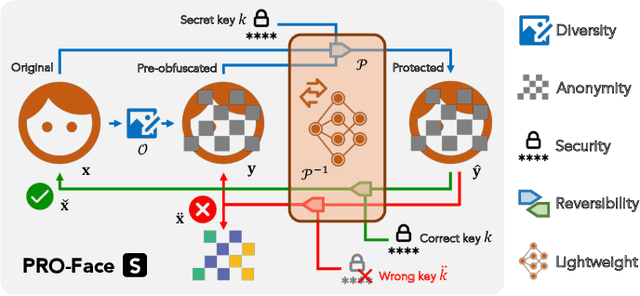
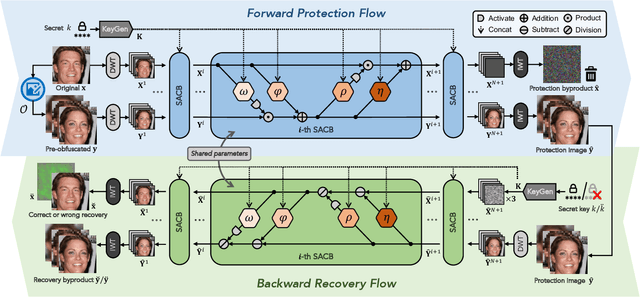
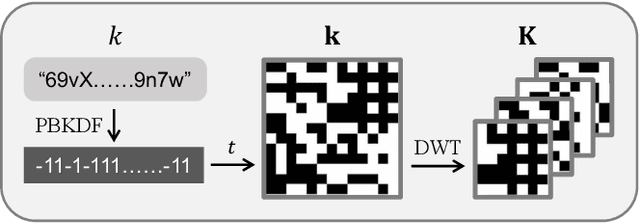
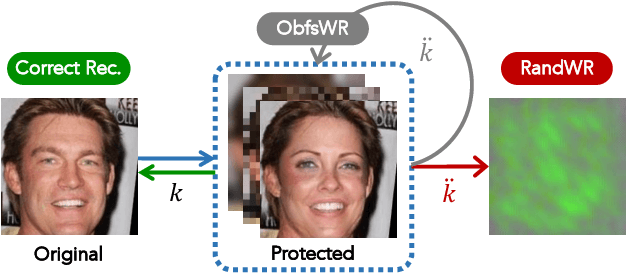
Abstract:This paper proposes a novel paradigm for facial privacy protection that unifies multiple characteristics including anonymity, diversity, reversibility and security within a single lightweight framework. We name it PRO-Face S, short for Privacy-preserving Reversible Obfuscation of Face images via Secure flow-based model. In the framework, an Invertible Neural Network (INN) is utilized to process the input image along with its pre-obfuscated form, and generate the privacy protected image that visually approximates to the pre-obfuscated one, thus ensuring privacy. The pre-obfuscation applied can be in diversified form with different strengths and styles specified by users. Along protection, a secret key is injected into the network such that the original image can only be recovered from the protection image via the same model given the correct key provided. Two modes of image recovery are devised to deal with malicious recovery attempts in different scenarios. Finally, extensive experiments conducted on three public image datasets demonstrate the superiority of the proposed framework over multiple state-of-the-art approaches.
Power Beacon Energy Consumption Minimization in Wireless Powered Backscatter Communication Networks
Jun 09, 2023Abstract:Internet-of-Things (IoT) networks are expected to support the wireless connection of massive energy limited IoT nodes. The emerging wireless powered backscatter communications (WPBC) enable IoT nodes to harvest energy from the incident radio frequency signals transmitted by a power beacon (PB) to support their circuit operation, but the energy consumption of the PB (a potentially high cost borne by the network operator) has not been sufficiently studied for WPBC. In this paper, we aim to minimize the energy consumption of the PB while satisfying the throughput requirement per IoT node by jointly optimizing the time division multiple access (TDMA) time slot duration and backscatter reflection coefficient of each IoT node and the PB transmit power per time slot. As the formulated joint optimization problem is non-convex, we transform it into a convex problem by using auxiliary variables, then employ the Lagrange dual method to obtain the optimal solutions. To reduce the implementation complexity required for adjusting the PB's transmit power every time slot, we keep the PB transmit power constant in each time block and solve the corresponding PB energy consumption minimization problem by using auxiliary variables, the block coordinated decent method and the successive convex approximation technique. Based on the above solutions, two iterative algorithms are proposed for the dynamic PB transmit power scheme and the static PB transmit power scheme. The simulation results show that the dynamic PB transmit power scheme and the static PB transmit power scheme both achieve a lower PB energy consumption than the benchmark schemes, and the former achieves the lowest PB energy consumption.
Lane Change Classification and Prediction with Action Recognition Networks
Aug 24, 2022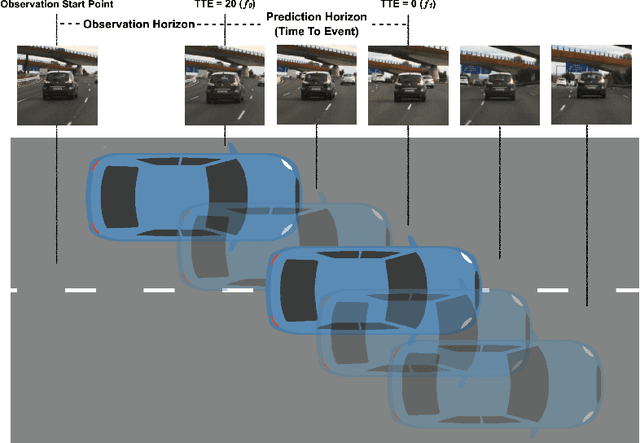

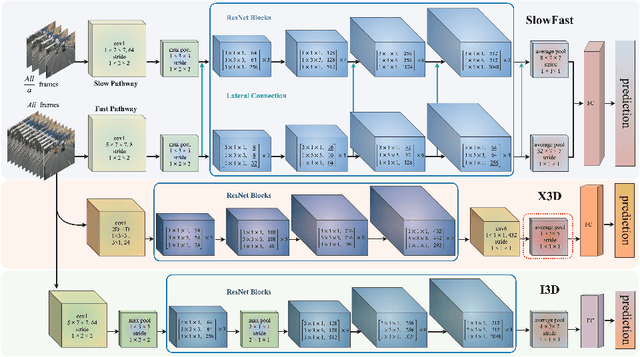
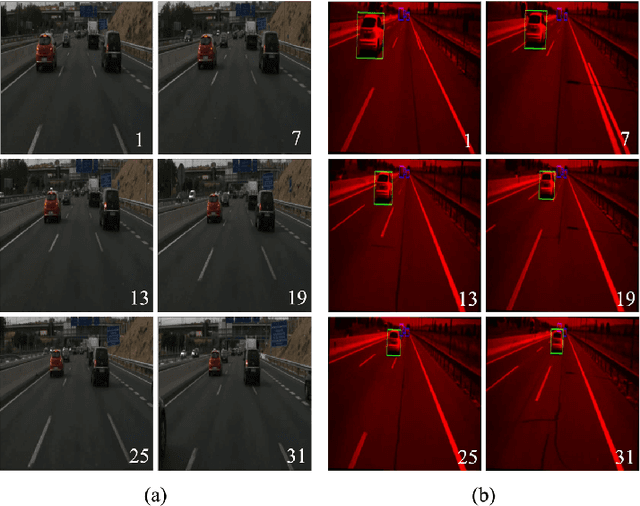
Abstract:Anticipating lane change intentions of surrounding vehicles is crucial for efficient and safe driving decision making in an autonomous driving system. Previous works often adopt physical variables such as driving speed, acceleration and so forth for lane change classification. However, physical variables do not contain semantic information. Although 3D CNNs have been developing rapidly, the number of methods utilising action recognition models and appearance feature for lane change recognition is low, and they all require additional information to pre-process data. In this work, we propose an end-to-end framework including two action recognition methods for lane change recognition, using video data collected by cameras. Our method achieves the best lane change classification results using only the RGB video data of the PREVENTION dataset. Class activation maps demonstrate that action recognition models can efficiently extract lane change motions. A method to better extract motion clues is also proposed in this paper.
Design and Analysis of SWIPT with Safety Constraints
Nov 20, 2021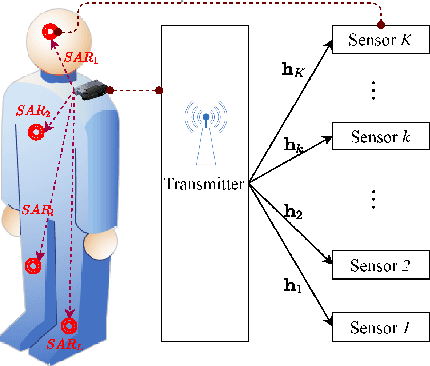
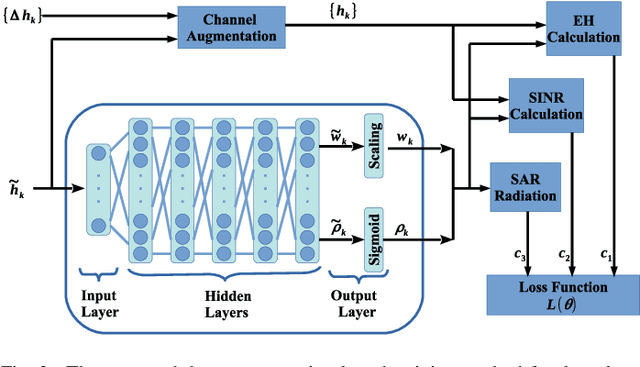
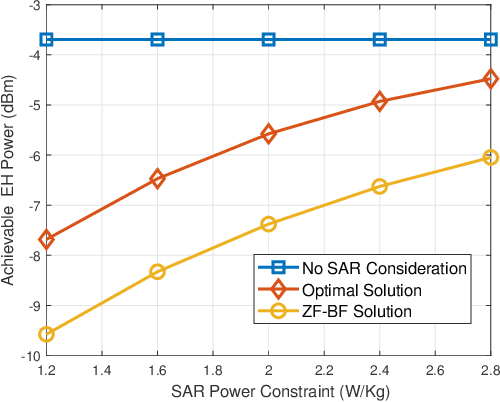
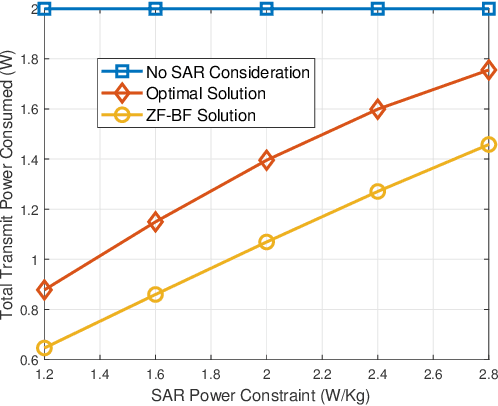
Abstract:Simultaneous wireless information and power transfer (SWIPT) has long been proposed as a key solution for charging and communicating with low-cost and low-power devices. However, the employment of radio frequency (RF) signals for information/power transfer needs to comply with international health and safety regulations. In this paper, we provide a complete framework for the design and analysis of far-field SWIPT under safety constraints. In particular, we deal with two RF exposure regulations, namely, the specific absorption rate (SAR) and the maximum permissible exposure (MPE). The state-of-the-art regarding SAR and MPE is outlined together with a description as to how these can be modeled in the context of communication networks. We propose a deep learning approach for the design of robust beamforming subject to specific information, energy harvesting and SAR constraints. Furthermore, we present a thorough analytical study for the performance of large-scale SWIPT systems, in terms of information and energy coverage under MPE constraints. This work provides insights with regards to the optimal SWIPT design as well as the potentials from the proper development of SWIPT systems under health and safety restrictions.
Wyner-Ziv Gradient Compression for Federated Learning
Nov 16, 2021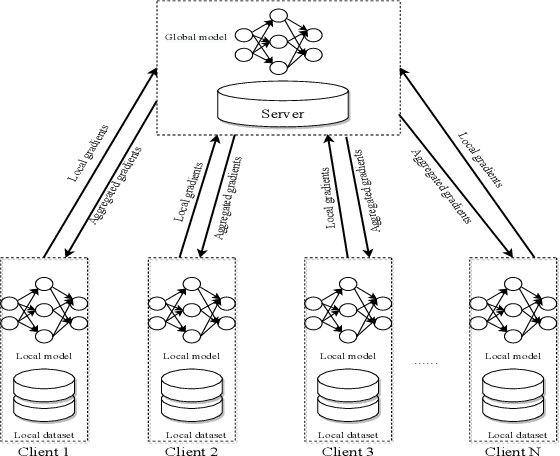
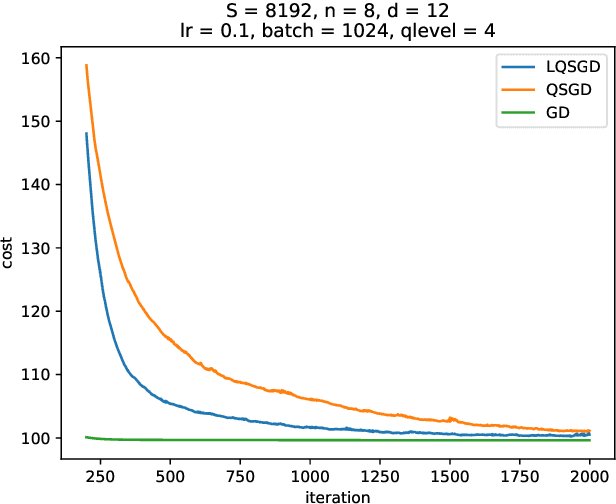
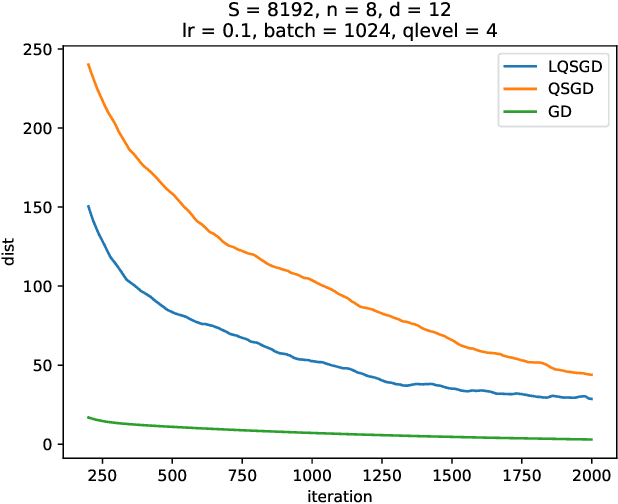
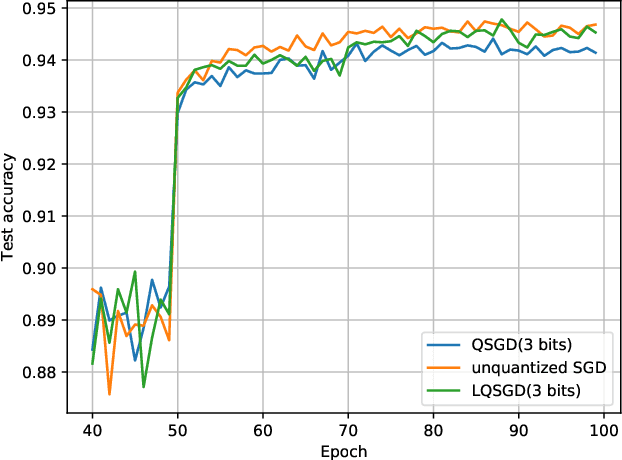
Abstract:Due to limited communication resources at the client and a massive number of model parameters, large-scale distributed learning tasks suffer from communication bottleneck. Gradient compression is an effective method to reduce communication load by transmitting compressed gradients. Motivated by the fact that in the scenario of stochastic gradients descent, gradients between adjacent rounds may have a high correlation since they wish to learn the same model, this paper proposes a practical gradient compression scheme for federated learning, which uses historical gradients to compress gradients and is based on Wyner-Ziv coding but without any probabilistic assumption. We also implement our gradient quantization method on the real dataset, and the performance of our method is better than the previous schemes.
 Add to Chrome
Add to Chrome Add to Firefox
Add to Firefox Add to Edge
Add to Edge